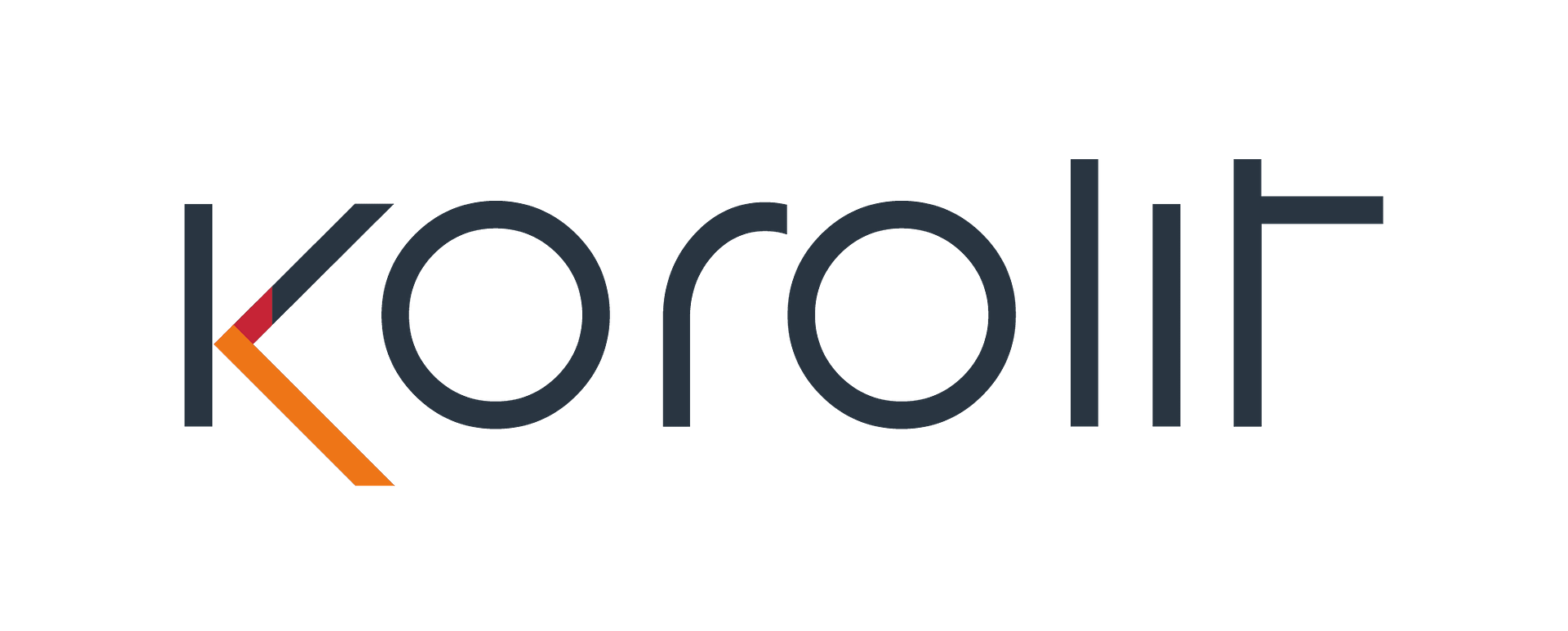
Korolit’s forecast ‘Hot Technologies’ for 2016
Introduction
Each year we present Korolit’s strategic trends for the year ahead and this year is no exception. These are the technologies that we believe will be central to many businesses in the year ahead.
Computing Everywhere
Despite some initial reservations the rate of adoption for wearable devices such as smart watches and connected devices such as consumer electronics and screens will continue to accelerate. It is estimated that employee-owned smartphones and tablets used as part of bring your own device (BYOD) policies will increase to over one billion devices globally by 2018. This predicted figure, which accounts for 35% of all consumer mobile devices, is the result of increased mobile adoption and the realisation that mobile devices can help to improve work-life balance. The implications for IT departments are huge in making sure that every employee can access the information needed regardless of the device they are using.
The Internet of Things
Sensors are being implanted in a variety of technologies and devices in use both personally and professionally. By 2020 it is estimated that 25 billion devices will be talking to each other and generating data on every topic imaginable. The date gathered by these sensors will be progressively more comprehensive, and used in combination, to provide more insight and to be able to predict the future, provide an ambient user experience and provide a foundation for modelling scenarios.
3D Printing
3-D printing still represents a tiny percentage of the forecast $70 billion machine-tool market worldwide. The 3-D printer industry has seen double-digit growth but only represents 1 to 10% of the wide range of possible applications. 3D printing is expected to reach a tipping point over the next two years as the market for relatively low-cost 3D printing devices continues to grow and industrial use expands.
Predictive Analytics
Rather than react to insights gained through data analysis, enterprises will use a combination of real-time, historical and third-party data to build forecasts of what will happen in their business years, months, weeks, days, hours, minutes and seconds in advance! Top performing organizations are 75% more likely to use predictive analytics. Predictive analytics are estimated to increase business operating margins and boost productivity by 150%. Analytics will become central across all business strategies as the volume of data generated by embedded systems increases, and vast pools of structured and unstructured data inside and outside the enterprise continue to proliferate.
Smart Machines
Smart machines are expected to disrupt the market place. Smart machines, including drones, driverless vehicles and robots will introduce efficient ways of delivering output. The potential for robots to continue to master and surpass humans in their ability to undertake human tasks will increase rapidly. The newest generation of smart machines will assist and in some cases outperform humans in decision-making tasks. Deep neural networks (DNN will be capable of examining large volumes of complex data, including video, audio, images to identify and extract patterns. DNNs will improve cataloging, codifying and finding indications of early stage cancers in X-Rays and CT Scans. Another application is in the autonomous driving car, which leverage learnings from autonomous vehicles that have been used within controlled environments for years.
Adaptive Security
Security needs to be able to operate without imposing checkpoints, chokepoints, or bottle-necks to cope with growing volumes of data. Security software originally designed to monitor traffic at the hardware level has less relevance in a world of changing virtual systems. Monitoring needs to be on the level of application behavior and system behavior, combined with the ability to quickly trace anomalous behavior to the source. Security systems need to be able to adapt to their environment. They need to be able to cope with demands placed on software and incorporate intelligent, flexible strategies for dealing with security data.




